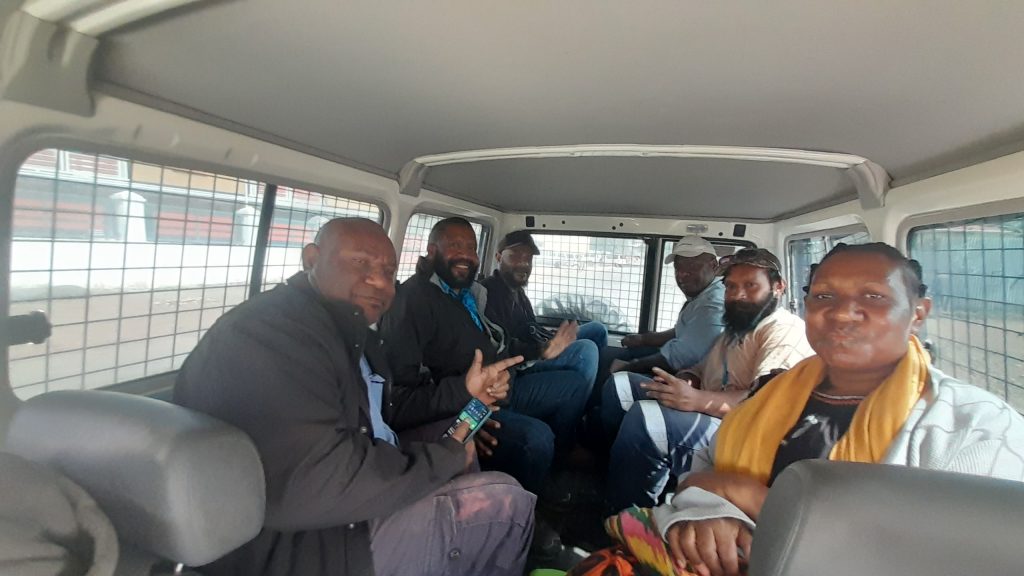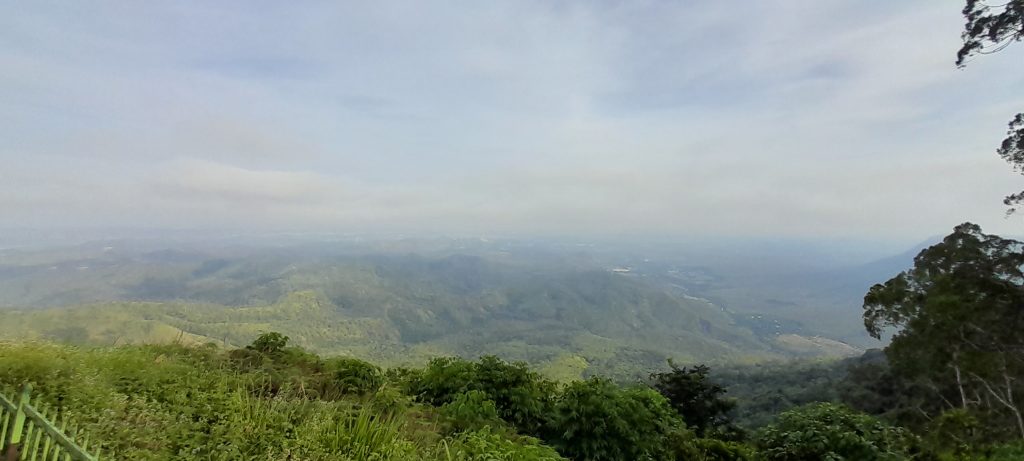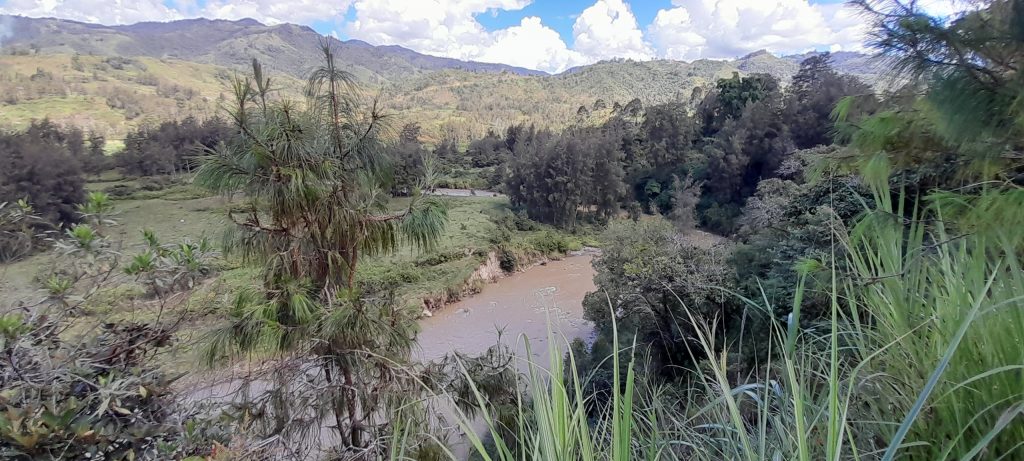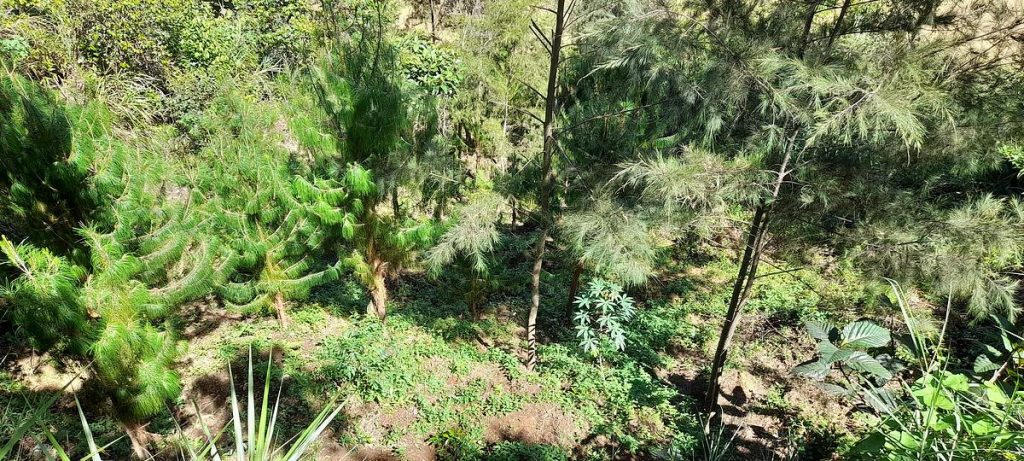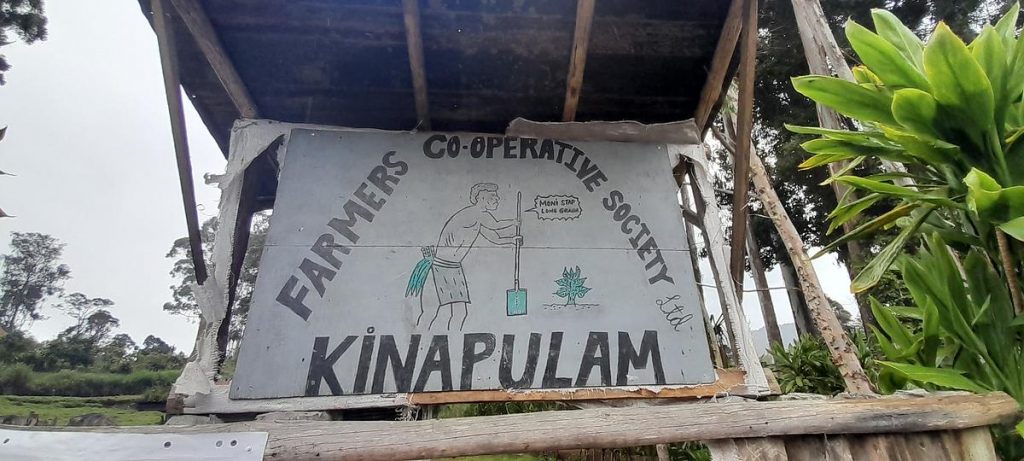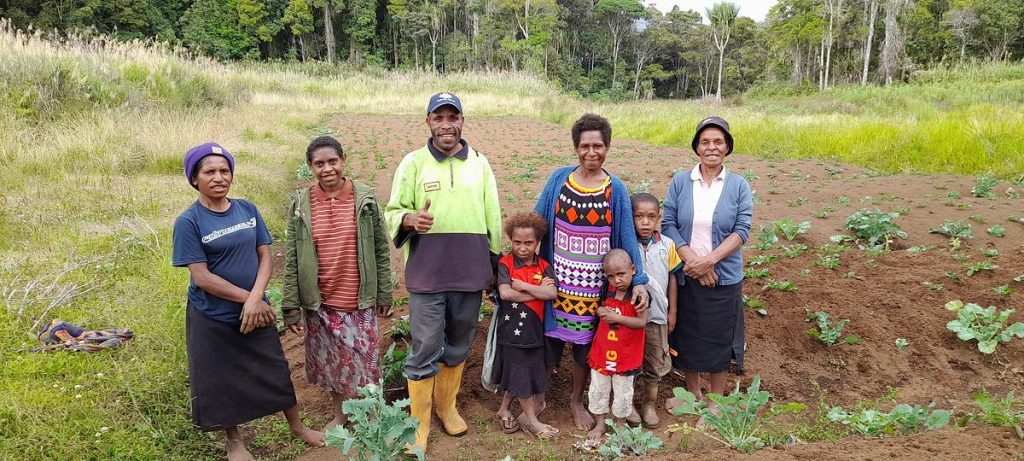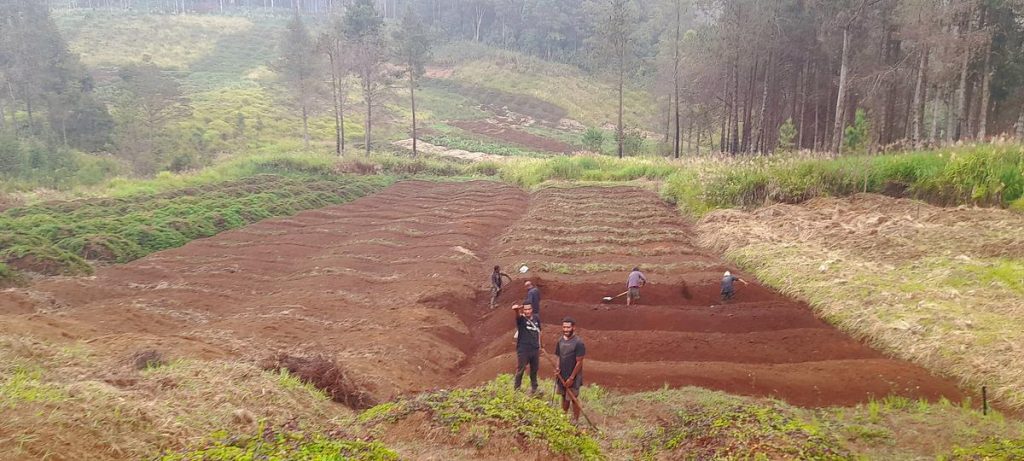The Strengthening Integrated Sustainable Landscape Management (SISLaM) project in Papua New Guinea, lead by the UNDP’s Sam Moko, recently hosted our programme’s Central Component Coordinator, Kim Geheb, on a learning visit to see how the six critical dimensions of ILM could be further implemented.
As part of this process, the SISLaM team organised a workshop, inviting more than 30 stakeholders to participate. Kim introduced ‘Net-Mapping’, which was employed to identify the stakeholders’ relevance to the project, the relationships between them, and the influence they can marshal to enable the project to achieve its vision.

This process drew upon the SISLaM project’s goals to establish a defined project vision:
Because of the project, Enga Province’s sustainable and inclusive economic development was increased when the impacts of climate change were mitigated, and its people adapted; the food and nutrition security of its people was strengthened; and its biodiversity, land and forests were conserved, sustainably used and restored.
SISLaM Project vision.
Because of the large number of stakeholders at the workshop, participants were divided into two groups. They started by identifying who they thought was the most influential stakeholder at present and awarded that stakeholder 10 points. Other stakeholders were then identified and scored relative to the first stakeholder group. When they had completed this exercise, they then assessed scores for stakeholders in the future, thinking about whether they believed scores should increase or decrease in order for the project to achieve its vision. The result from one of the teams is shown below.

Kim explained that “there are many institutions with relatively high contemporary scores. In other words, SISLaM sees multiple actors as currently very important to fulfilling the project’s vision at present. This speaks to the importance of creating a platform where these actors can be convened, where dialogue can happen, and integration occur. There are some actors that have lower contemporary scores than future desired scores. This suggests that the project needs these agencies to increase their influence if its vision is to be achieved. It also suggests that the project needs to work out strategies for how the influence of these agencies can be increased.”
The Net-Map also displayed ‘risk communities’ which are those communities, such as landowners, who have been in conflict with each other. Enga Province is among several Papua New Guinean provinces which have suffered from communal violence since the national elections in 2022. While the project regarded their present influence to be medium (receiving a score of five), it would prefer this influence to be reduced to zero.
“It seems that traditional institutions remain very powerful – and therefore it makes sense to explore how the project can capitalise on these,” was Kim’s observation.
SISLaM also took Kim to visit three recipients of the project’s low-value grants. The first of these was a reforestation initiative being implemented by the Yakam Resort Cooperative Society. Emmanual Kilanda, the chairman of the cooperative, showed the team the work that is being done to reforest unstable slopes. As these slopes are extremely steep, planting trees on them has been a significant challenge, yet the cooperative has managed to plant 12,572 pine and kamare trees over 45 hectares since receiving the grant.
The SISLaM project includes components to help Engan farmers improve their value chain access and develop sustainable revenue streams. To illustrate this, the team visited the Wabag Coffee Growers Cooperative, where the initiative works to provide farmers with coffee seedlings. Kandes Nyia, the chairman of the cooperative, took the group to see the cooperative’s coffee nurseries and two farms. The grant has resulted in significant production increases, but the farmers struggle with an overabundance of coffee for their relatively localised markets. This situation highlights the need for Engan communities to extend and strengthen their value chains as they have a high-quality product and are located close to transport links.

Kandes Nyia, the chairman of the Wabag Coffee Growers’ Cooperative, explains his work from inside a coffee store.
Finally, the team journeyed to Laiagam District, where they were given an exuberant welcome by the Kinapulam Farmers’ Cooperative Society, which is working on producing sweet and English potato seed for local farmers. They visited several farms to understand the work of the cooperative and the results being achieved with the help of the grant. As in Wabag district, the low-value grant has resulted in significant production increases, however, ensuring the produce gets to market remains a challenge for these communities.
At the end of the visit, Kim reflected he was “particularly impressed by the implementation team.”
“Sam Moko provides very impressive leadership in a very challenging operating context, and I can see the strength of the team from its dynamic. The team is well selected and has a deep knowledge of Enga Province and its people. From what I have seen of the low-value grants, these have created real opportunities to communities. Of course, attention will need to be given to how recipient communities can market their outputs – and SISLaM can play a key role in convening this discussion so that communities can identify their own solutions and ensure this project’s long-term sustainability”.

The welcome from the Kinapulam community. Here, the leader of Ward 2 delivers his welcome speech.
This post is based on an article that was first published in UNDP’s July 2023 newsletter.



